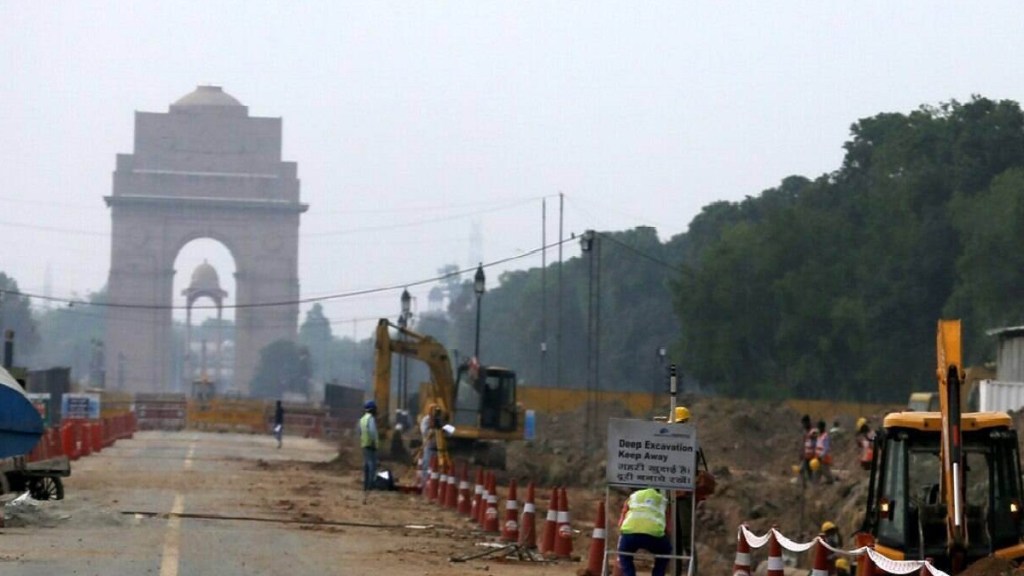The Forest department of the Delhi government has informed the Delhi High Court that of the 404 trees transplanted for the ‘Proposed Expansion and Restoration of the existing Parliament Building at Plot No 118’ – a part of the Central Vista project – only 121 or 30% survived. The information was part of an affidavit the Forest department submitted to the High Court in May this year, reports The Indian Express.
The estimate submitted by the Forest department stands in sharp contrast to the figure cited by the Central Public Works Department (CPWD). As per the CPWD’s estimate, 266 trees survived the transplantation, The Indian Express report added.
“As per the last report submitted by us in May 2022, a total of 267 trees were surviving out of 402 trees transplanted — 102 out of 130 at the new Parliament building site and 165 out of 272 at NTPC Eco Park, Badarpur,” a CPWD official told the news publication.
Also Read | Delhi ‘liquor scam’: Face court, prove innocence, Nadda tells Kejriwal amid AAP’s claims of harrassment by BJP
The report further pointed at other transplantation sites in the city and noticed that of about 16,461 trees transplanted in the past three years, only 5,487 or 33.33% have survived so far.
Overall, the survival rate that the forest department found was below the rate of about 41.17% estimated by user agencies that carried out transplantation for infrastructure projects in the city, the IE report said.
As per the data submitted by user agencies, 6,777 trees have survived so far. According to the Delhi government’s Tree Transplantation Policy, notified in 2020, “The benchmark tree survival rate at the end of one year of tree transplantation shall be 80% or as notified by the department, from time to time. The final payment of the technical agency shall be linked to the tree survival rate achieved with a provision for a penalty for tree survival rate below the benchmark rate.”
According to the Forest department’s affidavit, “the reconciliation of data will take at least two months as there has been a difference in survival rate submitted by user agency and forest department”.
Also Read | Omega Seiki inaugurates EV charger at Indira Gandhi Delhi Technical University for Women
Elaborating on the difference in the data, a senior Forest department official said, “In some cases, transplantation sites may have changed. User agency takes records from the agency that carried out the transplantation, and the transplantation agency gives them maintenance records for only one year. After that year, they might not have been maintained and trees may have died. Lack of maintenance after the first year, and possible change of site, are possible reasons for the difference in data.”
The report further quoted ecologist CR Babu as saying that the survival rate of 33% was very low. “The survival of transplants depends on the type of species. If they are shallow-rooted plants, there will be greater success. Some transplanted trees are highly sensitive and die because they are unable to adjust to the shock of transplantation.”

